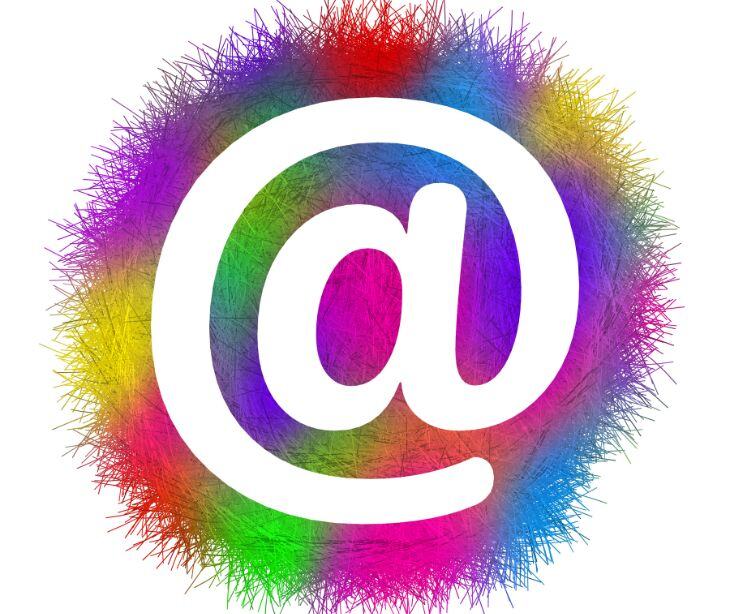2 min read
Using email interventions for borderline personality disorder (BPD)
Caitlin Anthoney April 22, 2024

Providers can use HIPAA compliant emails to supplement traditional DBT sessions by providing ongoing support to patients with borderline personality disorder.
What is borderline personality disorder (BPD)?
According to the Substance Abuse and Mental Health Services Administration (SAMHSA), borderline personality disorder (BPD) is “a mental health condition in which a person has long-term patterns of unstable or explosive emotions. These inner experiences often result in impulsive actions, self-image issues, and chaotic relationships with other people.”
A study on its epidemiology shows that BPD affects “roughly 1% [of the general population], 10% to 12% in outpatient psychiatric clinics and 20% to 22% among inpatient clinics.”
Treating BPD
Although various therapeutic methods have been explored to treat BPD, research shows that “dialectical behavior therapy is… currently the only empirically supported treatment for BPD.”
Where dialectical behavioral therapy (DBT) helps patients develop coping skills and strategies for:
- emotional regulation
- interpersonal effectiveness
- distress tolerance
- mindfulness
Using email interventions for DBT
Emotional regulation
Providers can email patients strategies to manage and change overwhelming emotions. For example, the email could include a guided exercise on identifying specific emotional triggers during a typical day and using the 'STOP' technique (Stop, Take a breath, Observe, Proceed) before reacting, helping the individual practice more thoughtful responses to emotional distress.
Interpersonal effectiveness
Provider emails can include techniques to help individuals communicate with others in a way that is assertive, maintains self-respect, and strengthens relationships. This email could include a scenario where the client needs to request a personal boundary be respected. The provider could email a guide to the client on how to assert themselves effectively, using the DEAR MAN technique (Describe, Express, Assert, Reinforce, Mindful, Appear confident, Negotiate).
Distress tolerance
Providers can email individuals strategies for healthier ways of coping with distressing emotions instead of seeking ways to suppress negative feelings.
For example, the email could introduce a distress tolerance skill like 'self-soothing with the senses.' This could guide clients through engaging each of their senses to calm themselves in moments of emotional turmoil. It could be as simple as listening to calming music, holding a comfort object, or inhaling a favorite scent.
Mindfulness
In this strategy, providers help individuals be present in the current moment. For example, an email could encourage practicing mindfulness through a '5-4-3-2-1' grounding exercise, which involves noting five things they can see, four things they can touch, three things they can hear, two things they can smell, and one thing they can taste. This exercise can help patients focus on the present moment during times of emotional uncertainty.
Email structure and content
Email interventions should be concise, where each email can focus on a specific skill that encourages reflection based on DBT principles. This approach clarifies provider communication, helping patients understand DBT techniques and how to apply them.
Emails can include content on:
- A skill of the week: Each week, focus on a different DBT skill. Provide explanations, examples, and simple exercises patients can do at home.
- Mindfulness exercises: Include short mindfulness exercises that can be practiced anywhere and anytime.
- Distress tolerance coping strategies: Offer tips for managing acute emotional distress.
- Success stories: Share anonymized stories of other clients who have successfully applied DBT skills in challenging situations.
Protecting patient privacy
Providers must ensure that all email-based interventions adhere to HIPAA (Health Insurance Portability and Accountability Act) regulations, safeguarding patients’ protected health information (PHI). This includes using a secure platform, like Paubox’s HIPAA compliant email solution, for communication and storage of sensitive data.
More specifically, the platform ensures encryption, protecting patient data from unauthorized access during transmission and at rest, so healthcare providers can engage with patients for effective patient-provider communication.
FAQs
How do patients benefit from HIPAA compliant emails from providers?
Patients can benefit from timely responses to inquiries, appointment scheduling, and treatment updates while keeping their sensitive health information protected.
Can providers send patients dialectical behavioral therapy (DBT) support via text?
Yes, providers can use a HIPAA compliant text messaging platform, like Paubox, to send patients DBT support. This ensures that messages are encrypted to maintain patient privacy, complying with HIPAA regulations.
How can healthcare organizations ensure staff compliance with HIPAA compliant emails?
Healthcare organizations can provide training on HIPAA policies and procedures, enforce access controls and encryption protocols, and conduct regular audits to monitor compliance with email communication guidelines.
Go deeper: How to train healthcare staff on HIPAA compliance
Subscribe to Paubox Weekly
Every Friday we'll bring you the most important news from Paubox. Our aim is to make you smarter, faster.



